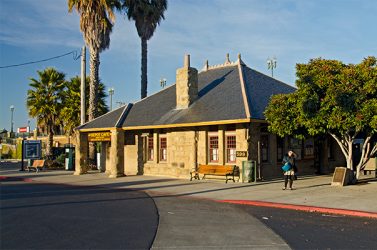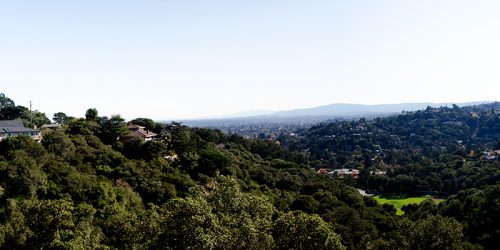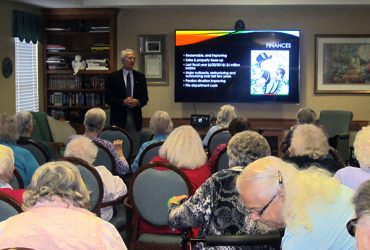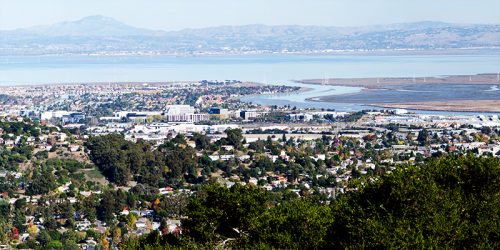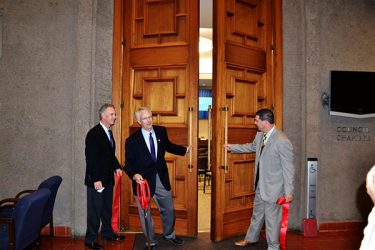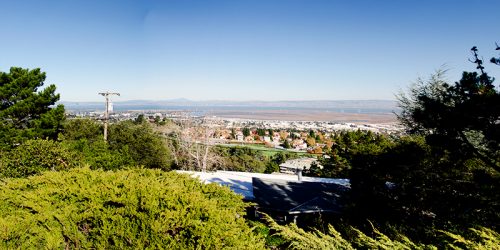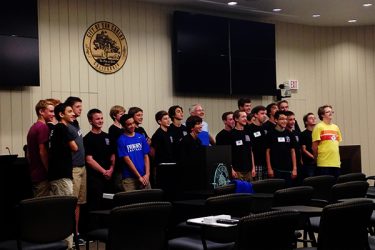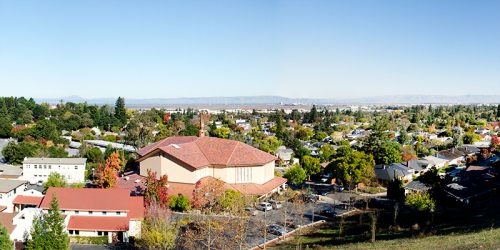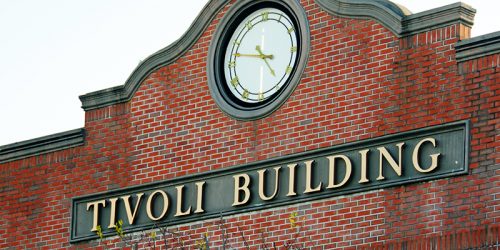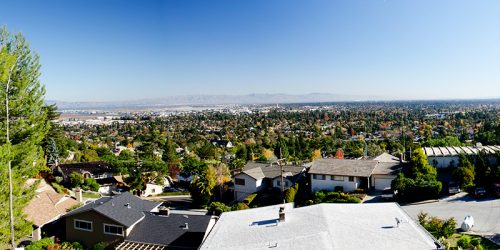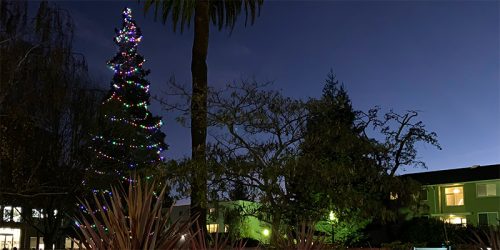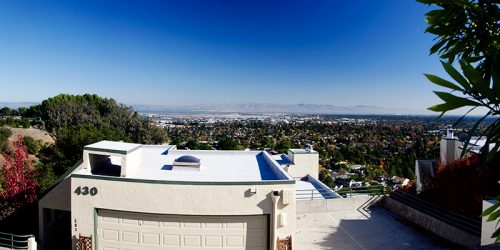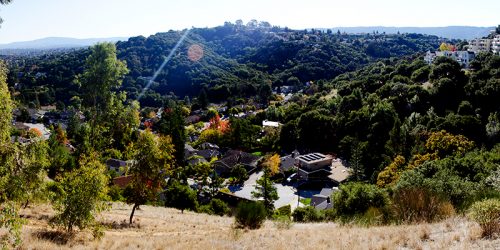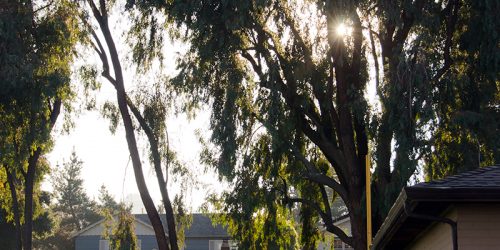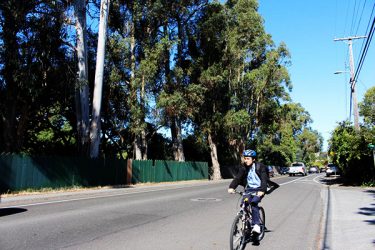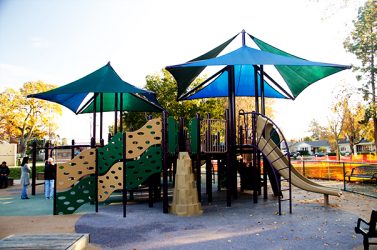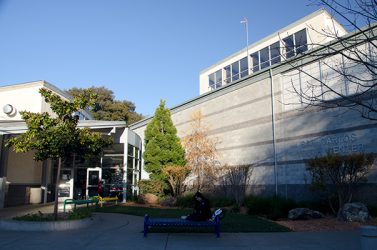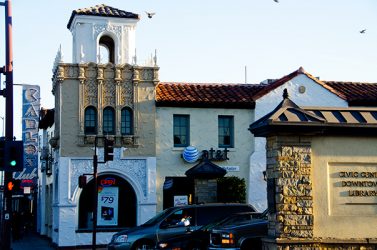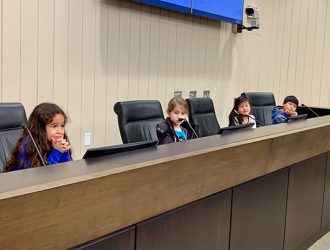
It’s not uncommon for Council members to be asked to install a stop sign at some intersection that a resident believes needs one. That can be due to poor driver behavior, speeding or something else.
People are always surprised when they find out installing a stop sign isn’t a simple matter. How expensive can a small piece of metal and a pole be? Even the labor costs can’t be all that great!
They’re right. Building and installing a stop sign is a pretty straightforward, and inexpensive, process. The reason it’s more complicated has to do with the way California’s vehicular code is written1.
The first thing to understand about the vehicular code is it’s “goal”, while taking steps to ensure a reasonable level of safety for all involved, is to keep vehicles moving and get them wherever their drivers want them to go in a timely fashion. That seems obvious…but it has significant implications.
It’s also not the way most of us think about “why is there a street in front of my home?” For us, it’s to get to and from our home. But in terms of the vehicular code it’s to support all vehicles getting to and from wherever they want to go.
Oddly enough that goal can be considered pretty egalitarian. It doesn’t prioritize one class of travel over others2. It considers everyone who follows the law to have an equal opportunity to use the public roads as they see fit.
That “egalitarianism” extends to how speed limits are given the force of law in California, too. The code specifies the speed limit for a road, with some exceptions, to be the speed that 85% of the vehicles using the road drive at or under. This “85th percentile” means that if 85% of the cars on a road are observed to be traveling at 45 MPH the speed limit for that road is, by law, 45 MPH…regardless of what the posted speed limit is.
Before anyone jumps in their car and begins racing around our highways be aware that certain classes of roads — notably roads designated as residential streets3 — can be assigned a lower speed limit of 25 MPH. There are also tweaks a community can make, based on defined circumstances, to lower a speed limit from the 85th percentile number4.
Back to stop signs.
There are similar constraints on what communities can do vis-a-vis stop signs. Or, more accurately, cities are welcome to put stop signs wherever they want…but they are liable, financially, for any liability created by doing so unless the stop sign’s location qualifies under the vehicle code5.
How could installing a stop sign create liability? I admit that puzzled me, too, until Greg Rubens, our city attorney, explained it to me.
Imagine a stop sign is placed at an “unsupported” location. A driver fails to see the sign and drives through it…hitting a pedestrian who, assuming the driver would stop for the stop sign, stepped into the roadway. In that case the city is liable for some or all of the damages you might assume were the driver’s responsibility. Because the city created an unwarranted sense of security by putting the stop sign there.
This isn’t a thought exercise. Every few years Greg has to trot down to a courtroom and produce documentation showing a stop sign is “warranted” under the vehicular code because the city has been named in a lawsuit. The judge reviews the documentation and, assuming the city’s records are in order, dismisses the city as a defendant.
Because these types of liabilities can run into the hundreds of thousands if not millions of dollars cities are careful to ensure only “warranted” stop signs are installed.
What are those warrants? Well, they’re not as “generous” as most residents would like them to be. That’s because, I suspect, most residents view “their” streets as “how I get to and from my home” while, under law, they’re “how vehicles get to and from wherever their drivers want to go.” So observed dangerous driver behavior has to be really serious before it meets the warrants.
Even sadder, an accident, particularly a serious one, involving a pedestrian is one of the warrants…which creates the counter-intuitive — and rather macabre, IMHO — situation where it’s only after someone is injured or killed that we can safely6 put in a stop sign people felt should’ve been there all along.
So that’s the story behind why there aren’t more stop signs around. If you’re not satisfied with this situation I encourage you to contact our state legislators and lobby them to make changes. Be forewarned, though, that the vehicle code is quite old — and therefore been tested and tweaked in many ways already — so it may be an uphill battle.
It’s also a wonderful example of a concept central to understanding government: if a public action or inaction doesn’t make sense the first thing to do is ask “what don’t I know?” about the situation being addressed. Many things are “bigger” than they first appear, requiring the responses to them to be more subtle and involved than would appear necessary. ↩
Actually, it does, for emergency vehicles, unusually large vehicles and the like. I’m speaking more generally about the vast majority of vehicles on the road. ↩
Which doesn’t mean just “they have houses on them”; there are other requirements that have to be met. ↩
We used one of those tweaks to lower the Holly Street speed limit on the stretch between Old County and Industrial to 25 MPH even though the observed 85th percentile speed was higher. That stretch of Holly is also a good example of how there being single family homes along a road does not automatically make that road a residential street, with an automatic 25 MPH speed limit. ↩
This is called “meeting the warrants”. ↩
in a financial sense ↩
